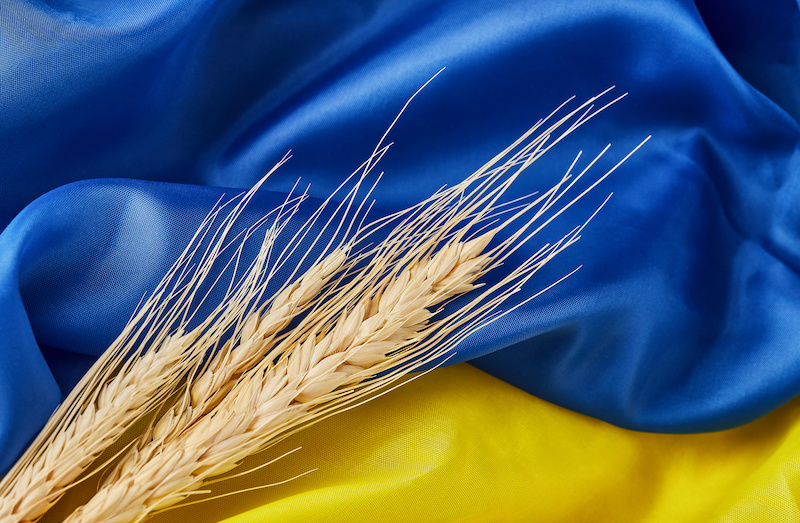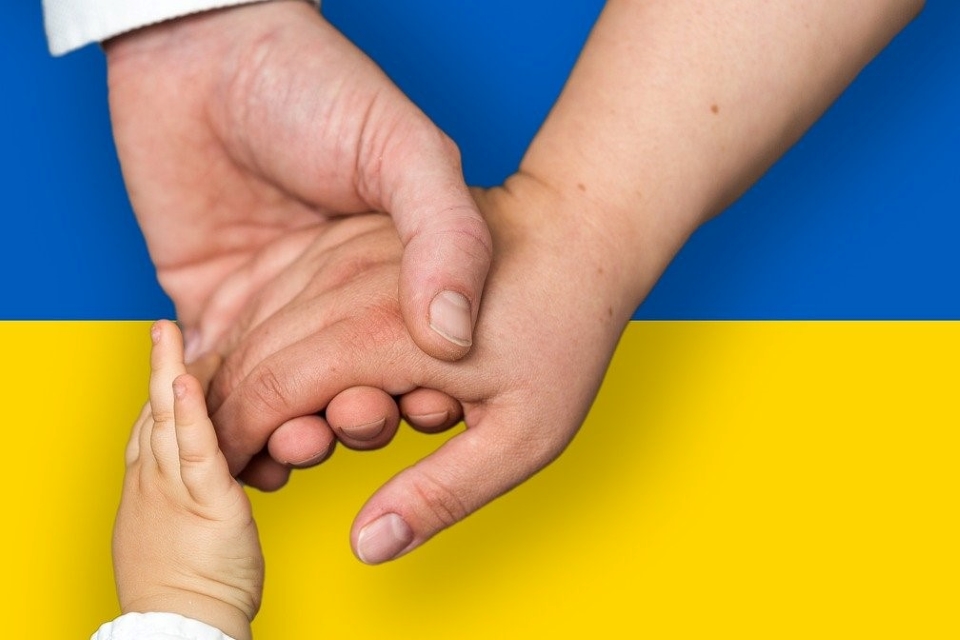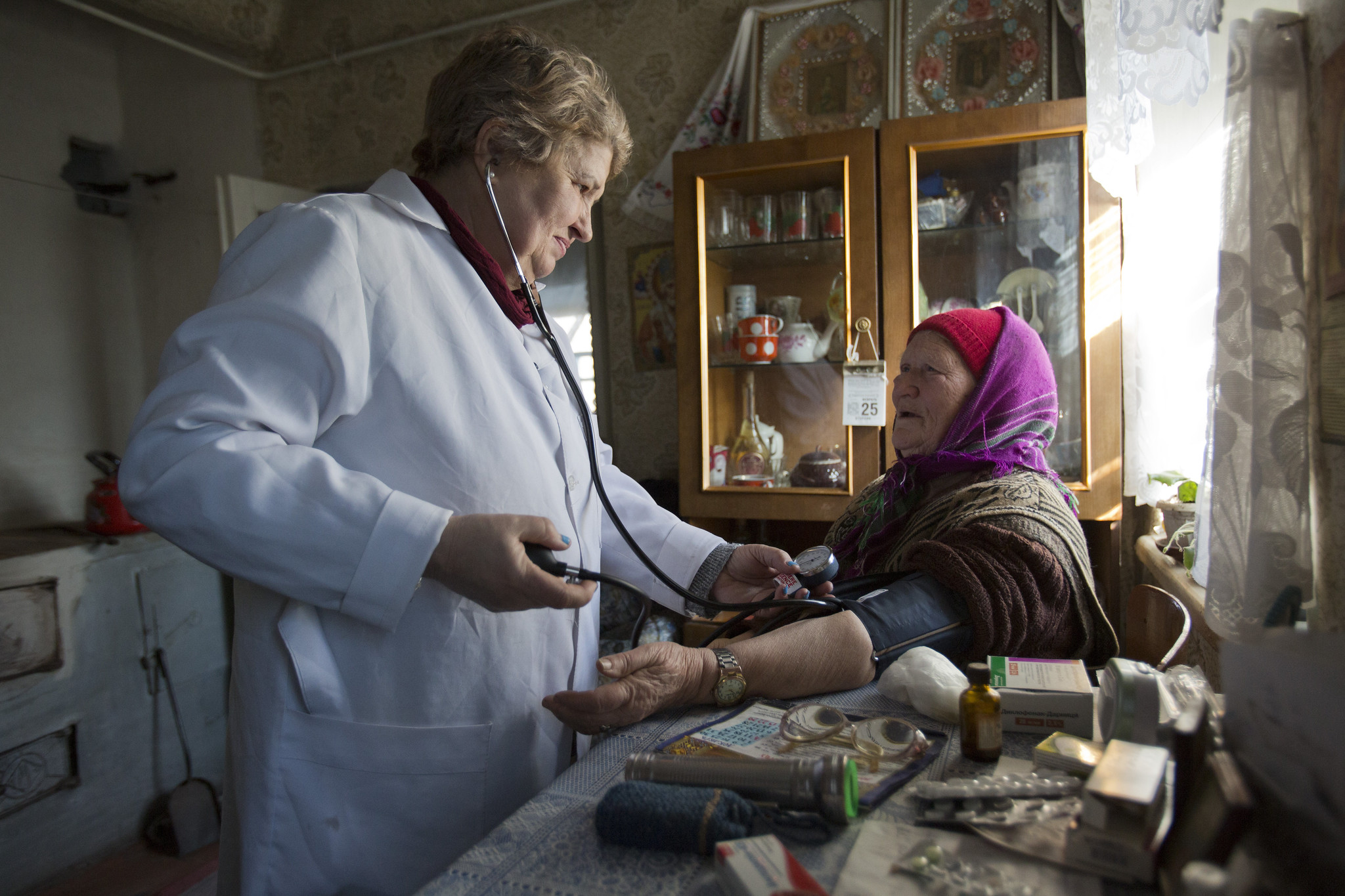In the days leading up to Russia’s attack on Ukraine, the World Bank and European Bank for Reconstruction and Development (EBRD) took steps to bolster Ukraine’s economy with new financing packages. These multilateral development banks (MDBs), alongside the International Monetary Fund and key governments like the United States, Germany, and France, will no doubt stay focused on how best to support the Zelensky government economically as it is under attack. Of course, that support can only continue so long as there is a legitimate government in place.
Perhaps of lesser consequence is the question of these institutions’ stance toward the aggressor. None is in a position to impose punitive measures on Russia. The IMF has no financing program with Russia (and in any event, Russia’s balance of payments are strong), and the World Bank and EBRD had already pulled back from financing the government following Russia’s incursion in Crimea in 2014.
That said, for the MDBs and the IMF, aggressive support for Ukraine should be accompanied by an unambiguous condemnation of one of their leading shareholders, given that Russia’s actions represent a fundamental violation of the international order that they help to anchor. In this regard, a new multilateral actor will also be worth watching. The Asian Infrastructure Investment Bank (AIIB) was launched two years after Russia’s annexation of Crimea, and the new bank has yet to be tested by a cross-border conflict. Russia’s attack on Ukraine could become an important test of AIIB’s multilateral character.
It's worth looking more closely at each of the multilateral development banks vis-à-vis Russia.
World Bank
At the time of Russia’s annexation of Crimea in 2014, the World Bank was lending the Russian government $100 million a year, and the bank’s private sector arm was investing $1 billion a year in Russia’s economy. The G7 countries put a stop to that, announcing their intention to block any new Russia projects in the World Bank’s board of directors and effectively forcing the bank’s leadership to announce an end to any new financing. Since that time, there have indeed been no new projects, though two small equity fund investments totaling $40 million remain active in Russia.
Perhaps more tellingly, the bank touts its relationship with Russia on its website, even as it has ceased all lending to the country. The bank maintains a program of advisory services and has sought to promote Russia’s role as a donor to the bank’s concessional lending fund, the International Development Association. In sum, even as it has maintained a sanctioning stance toward Russia since 2014, the World Bank has gone to some lengths to preserve a working relationship with its 8th largest shareholder.
Going forward, tougher sanctions may not affect Russia’s financial contributions to the bank. Iran, for example, has been a donor to IDA over the past decade. But it does seem that there is scope for the bank to curtail what appears to be a robust advisory relationship. And as with EBRD leadership, the World Bank president should go beyond demonstrations of support for Ukraine to directly condemn Russia’s actions.
EBRD
The G7 countries’ decision in 2014 to block new MDB financing for Russia had a much more severe impact on EBRD than it did on the World Bank. The EBRD is mostly a private sector lender, and as such, its focus was the Russian private sector, not the Russian government. However, Russia had long been the EBRD’s largest market, accounting for over $3 billion of the bank’s annual investments. Even before Russia’s annexation of Crimea, Russia’s outsized position in the EBRD’s portfolio was becoming an embarrassment. The bank was alone among the MDBs in having an explicit mandate to support democratic governance, and yet, its presence in Russia had grown as the country moved increasingly toward authoritarian rule.
The 2014 experience was a difficult one for the EBRD, and as a result, its stance toward Russia has been far less ambiguous than that of the World Bank. The EBRD’s project list for Russia is a raft of cancellations and close-outs, with a relative few that are still disbursing funds (one being Splat Toothpastes, “one of the leading players in Russia’s toothpaste market”).
Going forward, the EBRD’s new president has quickly set the tone for the bank’s relationship with Russia, indicating in a public statement that the EBRD “condemns the Russian-led invasion of Ukrainian territory.” Again, there is no scope for additional financing sanctions from the bank, given the earlier cessation of investment. But the unambiguous condemnation of the invasion is rare for an MDB head and if replicated across the international financial institutions would certainly add weight to the isolation of Russia.
AIIB
The new player among the IFIs is also perhaps the most challenged by the Russian invasion. AIIB started operations in 2016, well after Russia’s annexation of Crimea. To date, AIIB has financed one $500 million project for the Russian government and two private projects in the country totaling $600 million. Russia is the bank’s third largest shareholder, behind China and India. Given China’s uncertain position on the Russian invasion, and Russia’s prominent position in the institution, one might expect that the attack on Ukraine will be met with little action by the AIIB, relying on the “non-political” mandate the bank shares with other MDBs (other than EBRD).
But just behind Russia in AIIB shareholding is Germany. And in fact, fully two-thirds of NATO are also members of the AIIB, accounting for 23 percent of voting power at the bank. For China, this was very much by design. As the AIIB’s leading architect, the Chinese government went to great lengths to establish the multilateral character of the institution, with direct outreach and encouragement to Western countries to join. The AIIB today has a larger and more diverse membership than Asia’s other regional MDB, the Asian Development Bank.
Going forward, the key question is how the NATO countries and those strongly aligned with them might view the AIIB’s position vis-à-vis Russia. For example, simply add Australia and South Korea to the AIIB’s NATO members and this voting bloc at the bank totals 30 percent, surpassing China’s 26.5 percent. The question is whether these countries view themselves as a voting bloc and will seek to persuade the wider membership of the need to sanction Russia within the institution.
In sum, the MDBs may only play a marginal role in the elaborate sanctions regime that will seek to squeeze Russia in the months ahead. Yet, their silence in the face of Russia’s action would be a mistake. EBRD leadership has quickly offered an example of what a simple but meaningful statement can look like. The AIIB faces more difficult choices beyond rhetoric. Will the new MDB take its cues from the 2014 actions of its peer institutions, or will it maintain normal relations with Russia at the risk of losing the support of a key group of its shareholders?
CGD blog posts reflect the views of the authors, drawing on prior research and experience in their areas of expertise.
CGD is a nonpartisan, independent organization and does not take institutional positions.





